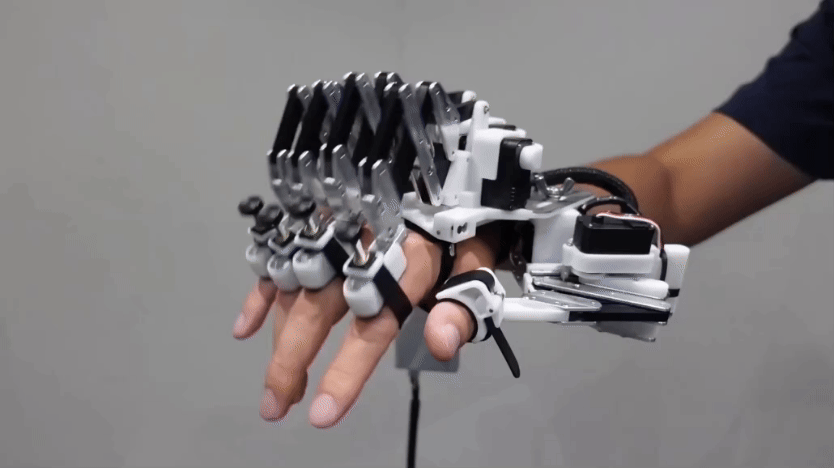

All Stories by Kathryn Hulick
-
 Artificial Intelligence
Artificial IntelligenceAI, make me a video game
Developers can use AI to generate code, dialog, playable environments and more. But at its heart, making video games remains a creative human endeavor.
-
 Agriculture
AgricultureA secret climate superhero lies beneath our farms
Agriculture contributes to climate change. But changes to how farms manage soil might help remove carbon and other greenhouse gases from the air.
-
 Artificial Intelligence
Artificial IntelligenceDeepSeek pioneers a new way for AI to ‘reason’
Chatbots answer one question at a time. Reasoning agents work through a problem step by step. DeepSeek makes this new type of AI far less costly.
-
 Tech
TechA robotic hand helps piano players’ fingers move faster
Robotic devices like this might someday help musicians, gamers, athletes or even surgeons improve their dexterity.
-
 Tech
TechMeet 5 types of robots with living body parts
Creature-machine mash-ups seem weird or even creepy. But biohybrids that make use of living tissue could be the future of robotics.
-
 Tech
TechHigh-speed lasers write data — to last millennia — inside glass
Project Silica is advancing a new way to store data — potentially forever. Some students plan to use this new media to send a message into space.
-
 Tech
TechA lucky lab accident produces Spider-Man-like silk
Researchers found a way to mimic Spider-Man’s web shooters in real life. This is the first adhesive that can stick to and lift things from a distance.
-
 Artificial Intelligence
Artificial IntelligenceWant your own AI double? There could be big benefits — and risks
People are using AI to mimic their own voice, likeness and personality. Some are excited about these new digital clones. Others worry, what could go wrong?
-
 Computing
ComputingExplainer: What is the internet?
The internet is a massive structure made up of cables, routers, exchange points, data centers, cell towers, antennas and more. All sorts of devices share data using this network.
-
 Computing
ComputingA new frontier awaits — computing with light
Today’s computers process using electrical signals. But light shows promise as a new means of computing, especially for AI.
-
 Artificial Intelligence
Artificial IntelligenceGoogle now adds watermarks to all its AI-generated content
Google’s AI-created content now hosts an invisible “signature.” A mathematical key can reveal the presence of this digital watermark, called SynthID.
-
 Artificial Intelligence
Artificial IntelligenceExplainer: What is generative AI?
New bots are emerging all the time that can create — at your direction — images, computer code, articles, ads, songs and more.